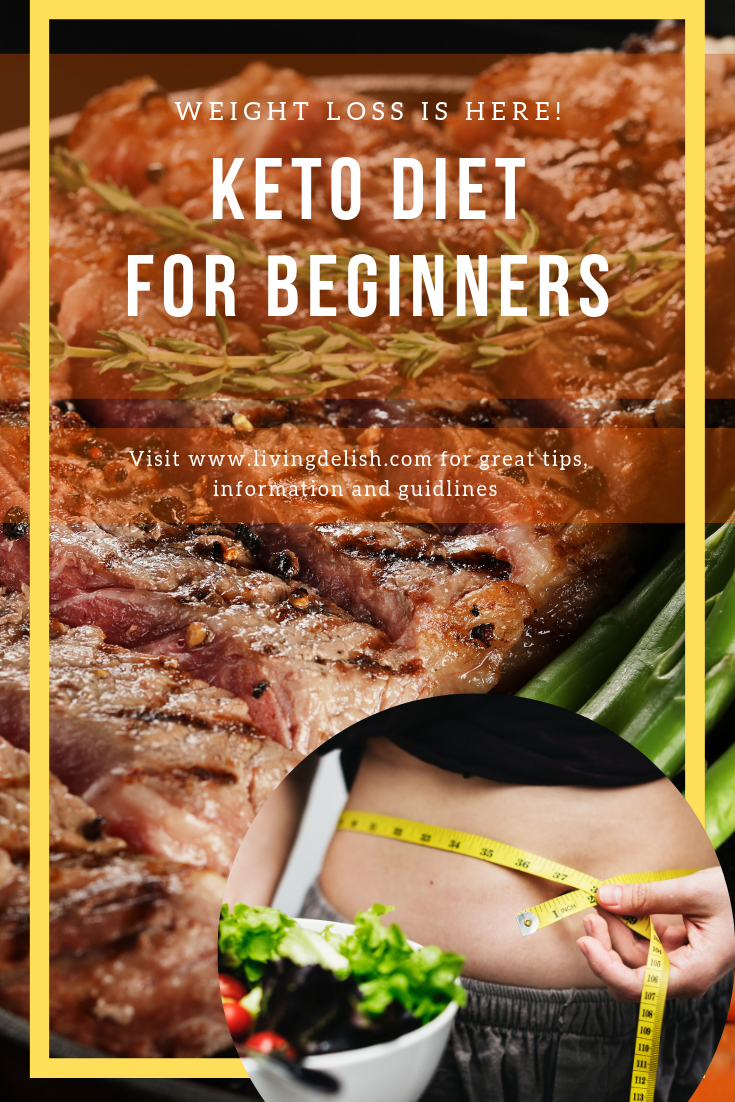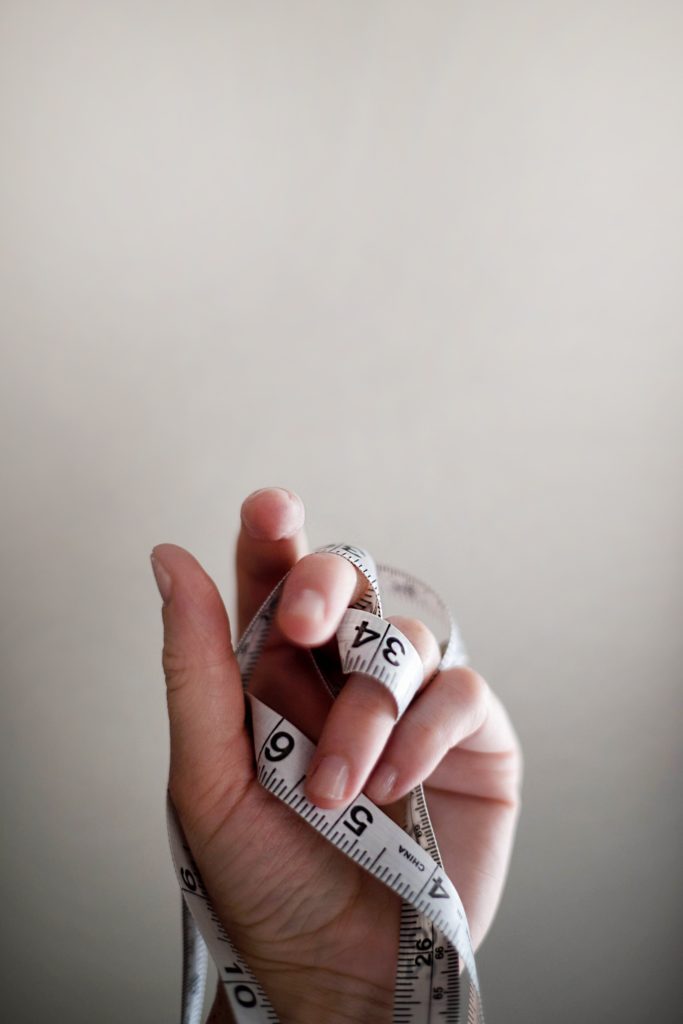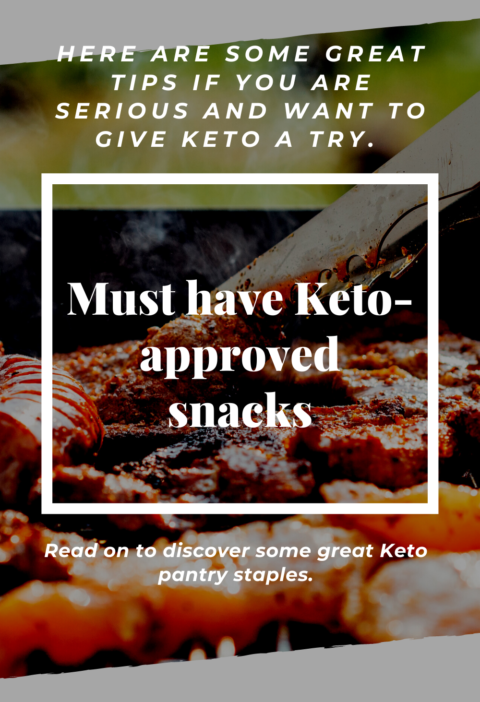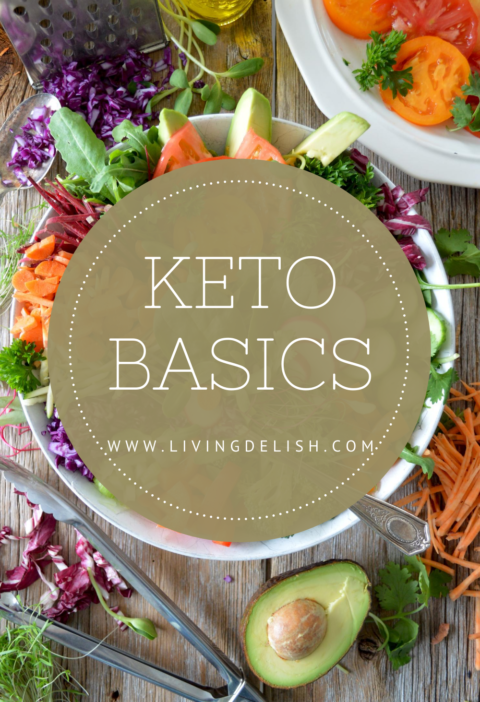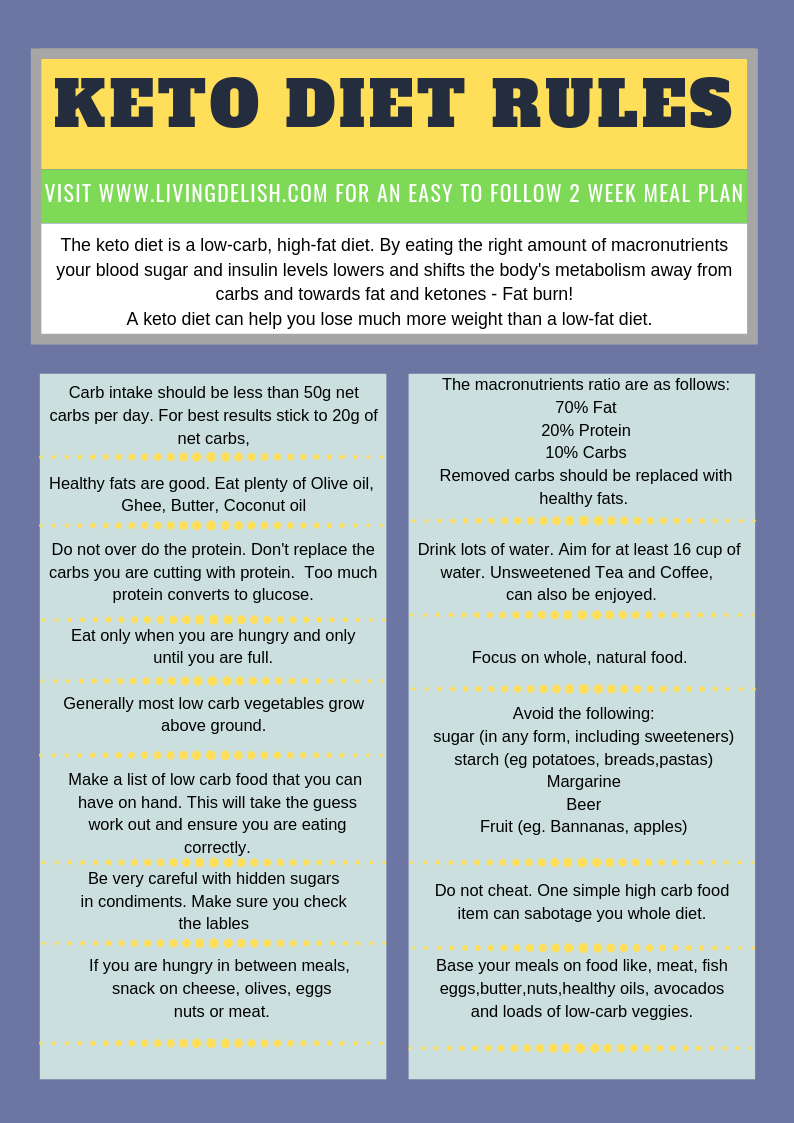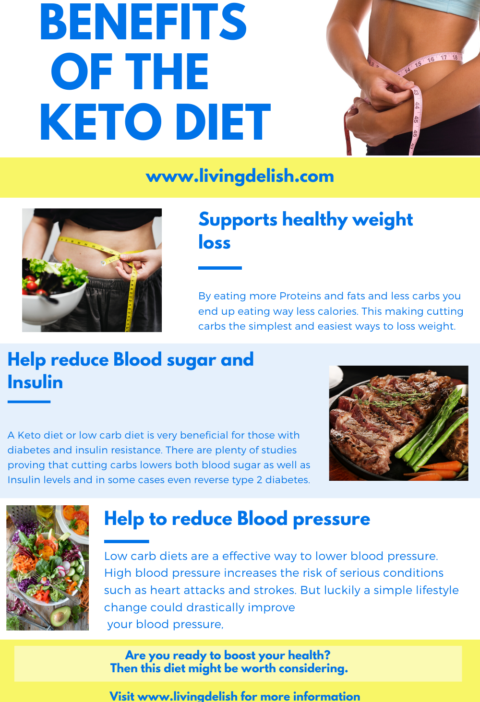The Ketogenic diet, or Keto diet in short, has become very popular over the last couple of years. And has been around longer than what you think. It’s always good to try new diet. This will help you find out what will work for you and what doesn’t. Just remember when making a drastic change like with the keto diet, it’s always a good idea to check with your doctor first.
Not sure what the Keto diet is?
Well, in short the Keto diet follows a high fat, moderate protein and extremely low carbohydrates (Carbs) intake. The macronutrients ratio are as follows:
- 70% Fat
- 20% Protein
- 10% Carbs
So to achieve the results that you want you will have to follow the above as a guideline. The diet focuses on extreme low carb intake, less than 50g a day.
Why limit carbs?
Carbs give you energy and help retain muscle. So carbs are not really that bad for you. The problem comes when we over consuming carbs. To much carbs stimulate fat storage.
So when you eat fewer Carbs you force your body to use more fats for fuel instead of using carbs for the main source of energy. This making your body a fat burning machine. Yes you read correct, weight loss…
The benefits
Number one on this list is definitely weight loss. Fast and rapid….
Other benefits includes:
More Energy
Clear skin
Reduced cravings
Mental Clarity or sharpness
Mood stabilizing
Fuel workouts
The downfall
This diet needs to be well planned. You need to be aware of the amount of Carbs each meal contains thus making planning a bit more difficult. Here are some of the other downfalls:
* Choices of food is very limiting, therefore making it a temporary solution.
It’s best to follow a meal plan like the mediterranean diet after you have complete the keto diet. The Mediterranean diet is loaded with nutritious dense foods. And you will carry on lose weight. Read more about this here: http://www.livingdelish.com/the-mediterranean-way/
* This diet is not suitable for everyone. Some will feel great on this kind of diet while others will feel ill and miserable. Our bodys all react differently.
*”Keto flu” is definitely one of the downsides. As you starve your body from carbs, your body reacts with withdrawal symptoms. This makes you feel sick. Anything from diarrhea to extreme fatigue. But this should only last a couple of days, and for the unlucky few a week or two.
* Muscle cramps, especially if your activity level is high.
Carb Cycling might help

If the downfalls get you under, maybe you should try carb cycling to ease you into Keto. Although they are both low in carbs they are not completely the same. But carb cycling might be very beneficial when it comes to exercise.
When you are carb cycling you will alternate between low carb days and higher carb days.
So for example, 2-3 days of the week you will increase your carb intake. On these days you will also schedule your intense workouts. On high carb days your carb intake can increase to as much as 100g net carbs.
The remainder of the week you will follow a low carb plan. With your net carbs ranging between 20-30g. On these days you can lower the intensity of your exercises. Here is a typical Carb cycle example:
| DAY | Carb intake | Exercise |
| Monday | High Carb | Intense/Weights |
| Tuesday | Low Carb | 30 min Cardio |
| Wednesday | High Carb | Intense/Weights |
| Thursday | Low Carb | 30 min Cardio |
| Friday | High Carb | Intense/HIIT |
| Saturday | Very low – no carbs | Rest day |
| Sunday | Very low – no carbs | Rest day |
What Can I eat on a Keto diet?
This sounds difficult, even daunting. But there really isn’t anything to it. There are a few vegetables that are definitely the safer option. By sticking to these you know that your carb intake will be low.
Below is a list of food items generally allowed on the Keto diet.
| Vegetables & Fruit | Meats, Dairy & other | Oils & Fats |
| All non starchy Vegetables Spinach, Kale, Brussel sprouts, Broccoli, Cauliflower, Zucchinis, Mushrooms, Olives, Pumpkin, Bell peppers, Celery, Cabbage, Asparagus, Lettuce, Green Beans, Onion, Bok Choy, Cucumber, Coconut Blackberries, Strawberries, Raspberries, Blueberries (Berries only in moderation) | Fish(eg.Salmon,Sardines, Mackerel) Shellfish(eg.Squid,Oysters, Clams) Grass-fed meats Grass-fed Chicken Free range Turkey Ostrich meats Whole eggs Plain Greek Yoghurt Plain Cottage Cheese Harder cheeses Feta cheese Nuts (eg. Almonds, Brazil nuts, Macadamia, Walnuts, Pecans) Seeds (eg. Chai, flaxseeds, Pumpkin , sesame seeds) | Avocados Coconut oil Olive Oil Butter Cream Ghee MCT oil Coconut – Butter |
What to avoid
A Keto diet focus on low carb, so be very mindful of the amount of carbs that you consume. Always check to make sure about the contents of food before you consume them.
There are a few no go zones. These food items should NOT be consumed.
* Sugar,
in any form including honey and most fruit
* Grains,
like oats, quinoa, rye, rice, corn, beer
* Any wheat products,
like bread, pasta, cereals
* Starch.
like potatoes, yams
* Trans Fats,
like margarine or any other spreadable replacement
* Fruit,
like apples, oranges, bananas
* Low-fat foods,
They are usually higher in carbs and in sugars.
*Alcohol, Sodas, Fruit juices, Sweeten tea and coffees
Little tips for beginners
Try to stick on a low carb diet for at least a month to see if this works for you.
Weigh yourself and take measurements of your stomach, chest and thighs before you start. Only weigh and measure yourself again at the end of your first month. This will make you smile and may encourage you to tackle another month on the keto.
Once you have reached your goal weight change over to a healthy eating plan, like the mediterranean lifestyle. Remember you did not put in all that effort to reach your goal, but then just gain the weight back.
Like everything in life, make this an adventure and enjoy the weight loss journey.
